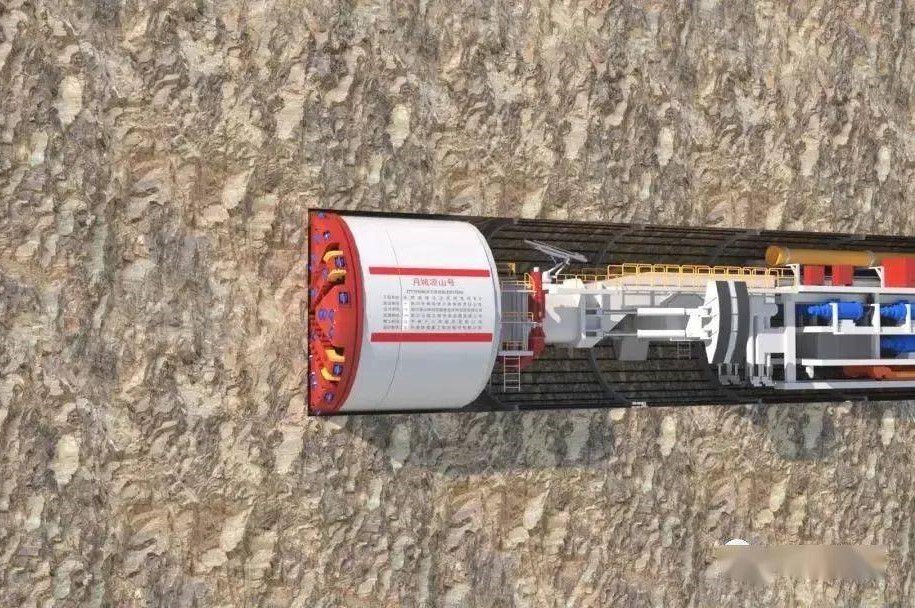Tunnel boring machines (TBMs), also known as tunnel shields or tunnel excavators, are massive engineering marvels designed to excavate tunnels through various types of soil and rock. The speed at which these machines move can vary widely depending on several factors including the type of TBM, the material being excavated, the tunnel’s diameter, and the specific conditions of the ground.

How fast do tunnel boring machines move?
On average, the tunneling rate for TBMs can range from 10 to 50 feet per day (approximately 3 to 15 meters per day). However, in favorable conditions, some TBMs can achieve higher speeds of up to 100 to 200 feet per day (around 30 to 60 meters per day).
Typical Speeds
- Hard Rock TBMs: These machines can advance at a rate of about 5 to 30 meters (16 to 98 feet) per day. In optimal conditions, some have been known to reach up to 100 meters (328 feet) per day.
- Soft Ground TBMs: In soft ground conditions, the speed can be faster, ranging from 10 to 40 meters (33 to 131 feet) per day, but this can vary greatly depending on the ground conditions.
- Record Breakers: Some TBMs have achieved exceptional speeds, such as the “Big Bertha” used in the Alaskan Way Viaduct replacement tunnel in Seattle, which had an average advance rate of about 10 meters (33 feet) per day, but this was significantly slower than expected due to unexpected geological challenges.
Factors Affecting Speed
1. Type of TBM: There are different types of TBMs, including hard rock TBMs, soft ground TBMS (such as earth pressure balance or slurry pressure balance machines), and mix-shield TBMs. Each type is optimized for different geological conditions and can have varying speeds.
2. Geological Conditions: The hardness of the rock or the consistency of the soil significantly affects the speed. Harder rocks can slow down the TBM significantly, while softer ground can sometimes allow for faster progress.
3. Tunnel Diameter: Larger tunnels generally take longer to excavate per linear foot due to the increased volume of material that needs to be removed. This can also affect the TBM’s speed.
4. Support Systems: The installation of tunnel support systems, such as concrete linings or shotcrete, can slow down the overall progress as these processes must be completed before the TBM can advance further.
5. Logistics and Maintenance: Frequent stops for maintenance, logistics (like removing excavated material), and adjustments to the TBM can also impact the speed.
The speed of a TBM is a critical factor in the cost and timeline of a tunneling project. Engineers must carefully consider the type of TBM, the geological conditions, and the tunnel’s requirements to select the most suitable machine and anticipate its performance. Advances in technology and engineering practices continue to push the limits of what TBMs can achieve, making them more efficient and capable of tackling even the most challenging tunneling projects.




